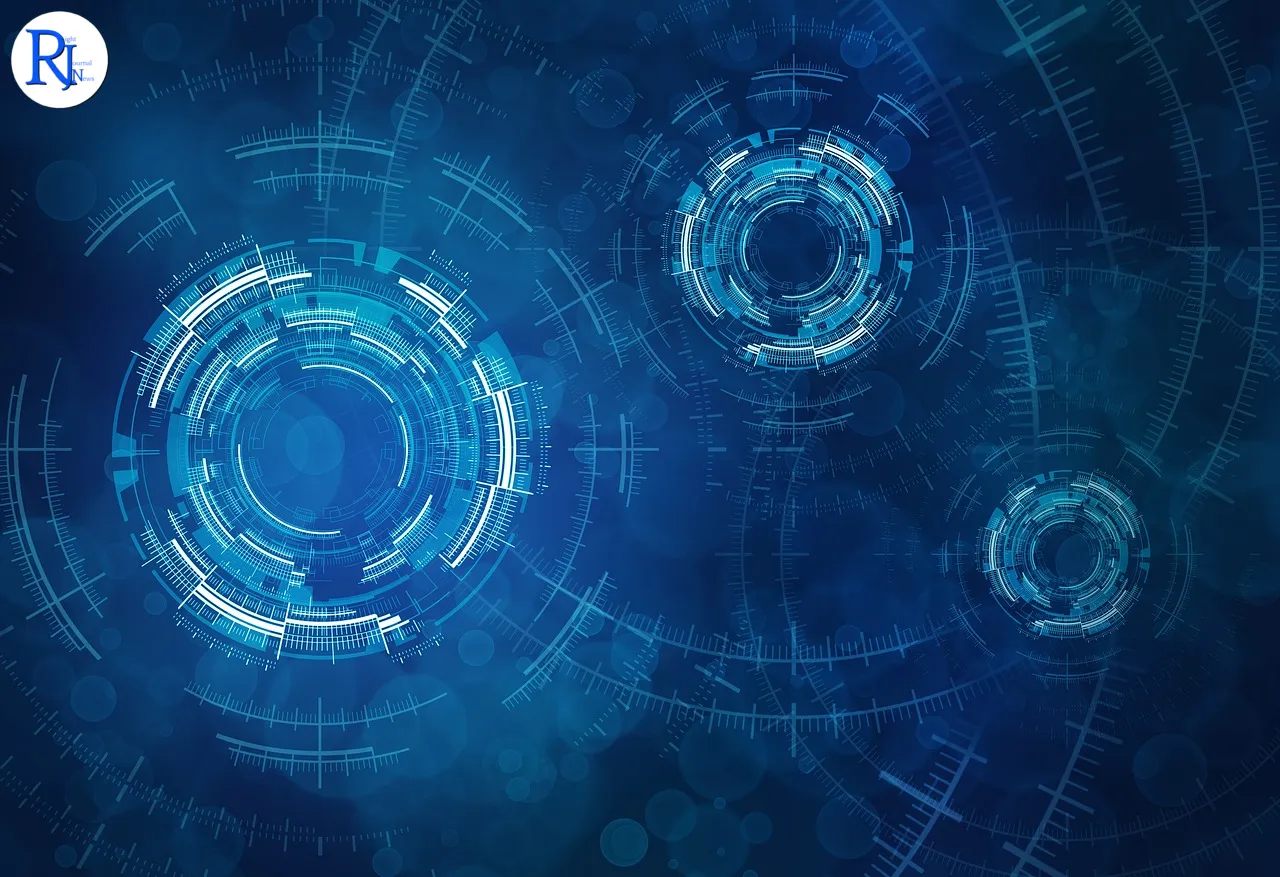In the rapidly evolving world of cybersecurity, a new frontier is emerging that demands attention: the rise of machine identities. As organisations increasingly rely on artificial intelligence (AI) and the Internet of Things (IoT), the security of machine identities is becoming paramount. These digital identifiers, which authenticate and secure communications between machines, are now a critical component in safeguarding sensitive data and systems from cyber threats.
Surge in Machine Usage and Its Implications
The proliferation of machines in business operations has significantly altered the cybersecurity landscape. In recent years, there has been an exponential increase in the number of machines interacting within networks. According to a report by Cybersecurity Ventures, the number of connected devices is expected to reach 50 billion by 2030. This surge is not limited to computers and servers but includes IoT devices, AI systems, and automated processes that require secure communication channels.
The implications of this growth are profound. As the number of machine interactions increases, so does the potential for exploitation by malicious actors. Cybercriminals are increasingly targeting machine identities to infiltrate networks, steal data, and disrupt operations. The need for robust security measures to protect these identities is more critical than ever.

Understanding Machine Identities
Machine identities are digital certificates or cryptographic keys that verify the identity of a machine in a network. They function similarly to human user identities but are specifically designed for machines. These identities enable secure communication between devices, ensuring that data is transmitted only between trusted entities.
Dr. Emily Carter, a cybersecurity expert at the University of Oxford, explains, “Machine identities are the backbone of secure machine-to-machine communication. They ensure that machines can authenticate each other without human intervention, which is essential for maintaining the integrity of automated processes.”
As organisations deploy more machines, the management of these identities becomes increasingly complex. Ensuring that each machine has a unique and secure identity is crucial to prevent unauthorised access and data breaches.
Challenges in Securing Machine Identities
Securing machine identities presents unique challenges. Unlike human identities, which are relatively static, machine identities can be highly dynamic. Machines frequently change roles, locations, and functions, requiring their identities to be updated or replaced regularly. This constant change can create vulnerabilities if not managed properly.
A survey by the Ponemon Institute found that 79% of organisations experienced a machine identity-related security incident in the past two years. The most common issues include expired certificates, misconfigured identities, and unauthorised access due to weak security protocols.
Experts recommend implementing automated identity management solutions to address these challenges. Such systems can streamline the process of issuing, renewing, and revoking machine identities, reducing the risk of human error and ensuring that all machines within a network are properly secured.
The Role of AI in Machine Identity Security
Artificial intelligence is playing an increasingly important role in enhancing machine identity security. AI-driven solutions can analyse vast amounts of data to detect anomalies and potential threats in real-time. By leveraging machine learning algorithms, these systems can predict and respond to security incidents more effectively than traditional methods.
“AI allows us to automate the detection and response process, making it possible to identify threats before they cause significant harm,” says Dr. John Roberts, a cybersecurity researcher at Cambridge University. “This proactive approach is essential in a landscape where threats are constantly evolving.”
AI can also assist in the management of machine identities by automating routine tasks and providing insights into potential vulnerabilities. This reduces the burden on IT teams and allows them to focus on more strategic security initiatives.
The Future of Cybersecurity and Machine Identities
As machine identities continue to play a pivotal role in cybersecurity, organisations must adapt to this new reality. Investing in advanced identity management solutions and leveraging AI technologies will be crucial in staying ahead of cyber threats. Industry experts predict that as the digital landscape becomes more interconnected, the focus on machine identity security will only intensify.
In the coming years, regulatory frameworks may also evolve to address the unique challenges posed by machine identities. Policymakers will need to consider new guidelines and standards to ensure that organisations protect these critical assets effectively.
The rise of machine identities represents both a challenge and an opportunity for cybersecurity professionals. By embracing innovative technologies and adopting comprehensive security strategies, organisations can safeguard their networks and ensure the secure operation of their digital ecosystems.
In conclusion, as the digital world becomes increasingly machine-centric, the security of machine identities will be central to the future of cybersecurity. Organisations that prioritise this aspect will be better positioned to protect their assets and maintain trust in an era of rapid technological advancement.

